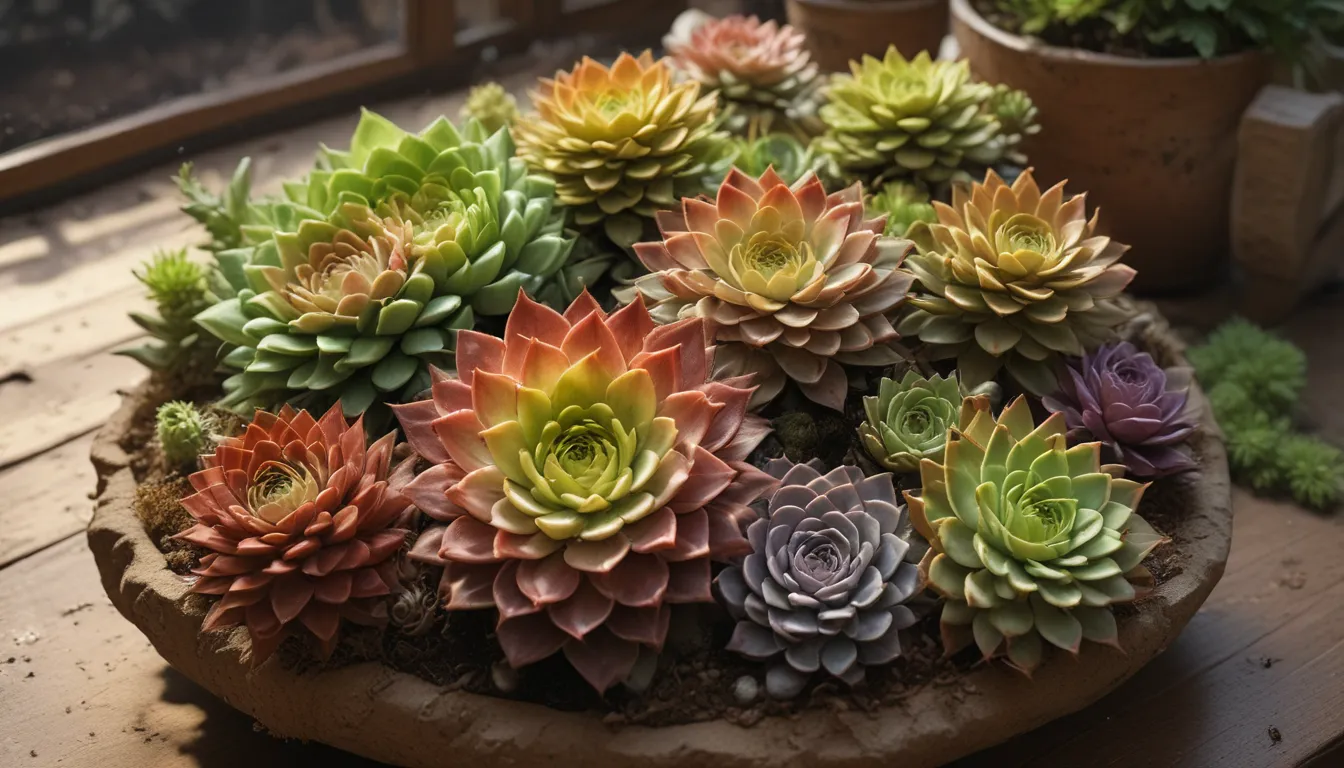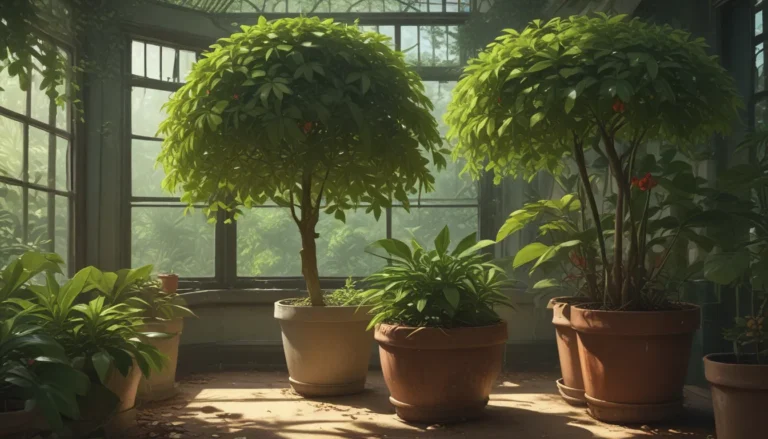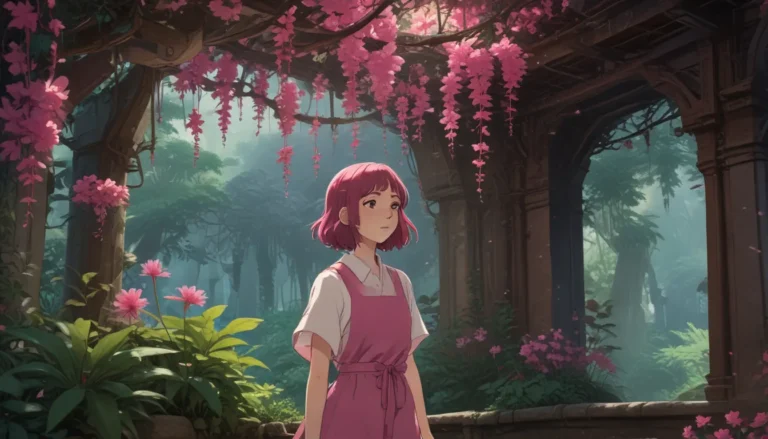Everything You Need to Know About Hens and Chicks (Sempervivum) Plants

Hens and chicks, also known as houseleeks, are popular succulents that are easy to care for and propagate. These plants are known for producing offsets, or mini-rosettes, that can be shared or added to various garden settings such as beds, containers, or terrariums.
But, have you ever wondered if hens and chicks plants bloom? In this article, we will explore the blooming cycle of these fascinating succulents, including signs of stress-induced flowering, how to identify when blooming is about to occur, and what steps you can take to keep your plants going after they bloom.
So, let’s dig in and discover all there is to know about hens and chicks plants!
Understanding Blooming in Hens and Chicks
All Sempervivum varieties, including common houseleek (S. tectorum) and cobweb houseleek (S. arachnoideum), have the potential to bloom. These plants reproduce primarily through offsets, where the mother rosette, or “hen,” produces smaller rosettes, or “chicks,” attached by a stolon.
The blooming process in hens and chicks plants typically occurs after several years of producing multiple generations of offsets. However, these plants can also bloom prematurely due to environmental stress factors.
A single flower appears at the tip of a tall stalk, showcasing star-shaped blooms in varying shades of pink, red, orange, or white. These blooms last for about 30 days and are followed by the formation of small, dry fruits containing seeds for reproduction. Unfortunately, once the blooming and seeding process is complete, the parent plant dies as it is a monocarpic succulent.
Sources of Stress-Induced Flowering
Hens and chicks plants are resilient succulents that thrive in zones 3 to 8, requiring minimal care in well-draining soil with adequate sun exposure. However, various stressors can trigger premature blooming in these plants, signaling the end of their life cycle.
Common sources of stress-induced flowering in hens and chicks include overcrowding, changes in light exposure, excessive watering, and extreme temperature fluctuations. These stressors prompt the plant to divert energy towards blooming and seeding, ultimately leading to its demise.
To prevent premature flowering in hens and chicks plants, ensure proper spacing, avoid overwatering, protect from extreme temperatures, and maintain ideal growing conditions. By providing a stress-free environment, you can help your plants thrive and minimize the risk of premature blooming.
Signs Blooms Are on the Way
Identifying the signs of approaching blooming in hens and chicks plants can help you prepare for the next phase in their life cycle. Watch for the following indicators that signify blooming is near:
- Leaves of the parent rosette begin to close in on themselves.
- The rosette elongates, producing a tall, scaly flower stalk.
- The base rosette may start to tilt to one side, signaling impending blooming.
If you notice these signs, consider taking cuttings of the parent plant or ensuring that the surrounding chicks have established roots for future propagation. By preparing in advance, you can continue the legacy of your hens and chicks plants even after they bloom.
How to Keep Your Plants Going After Blooming
Although blooming in hens and chicks plants signifies the end of the parent’s life cycle, you can propagate new generations from the offsets produced by the plant. Take the following steps to ensure the continuity of your hens and chicks succulents:
- Transplant rooted offsets, also known as “pups,” into containers or suitable garden spots.
- Check that the chicks around the base of the flowering plant have developed roots for successful transplantation.
- If pups are not available, consider taking cuttings from leaves or rosettes to propagate new plants.
- Allow cuttings to dry and callus before planting to encourage root growth for successful propagation.
By following these propagation techniques, you can preserve the legacy of your hens and chicks plants and continue to enjoy these charming succulents in your garden.
Conclusion
Hens and chicks plants, with their unique blooming cycle and propagation methods, offer a delightful gardening experience for enthusiasts. By understanding the blooming process, identifying stress-induced flowering, and taking steps to propagate new plants, you can enjoy the beauty of these succulents year after year.
Have you ever witnessed a hens and chicks plant bloom? Share your photos and experiences in the comments below. And for more expert tips on succulent care and propagation, explore our other informative guides on growing and maintaining a diverse range of succulents in your garden. Happy gardening!





